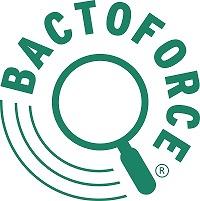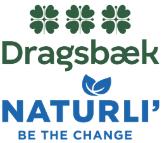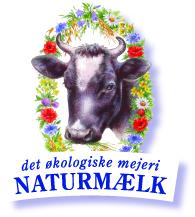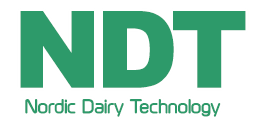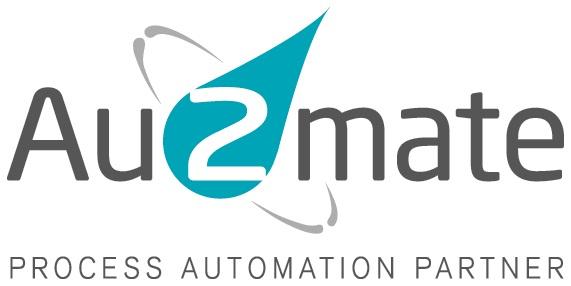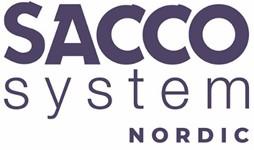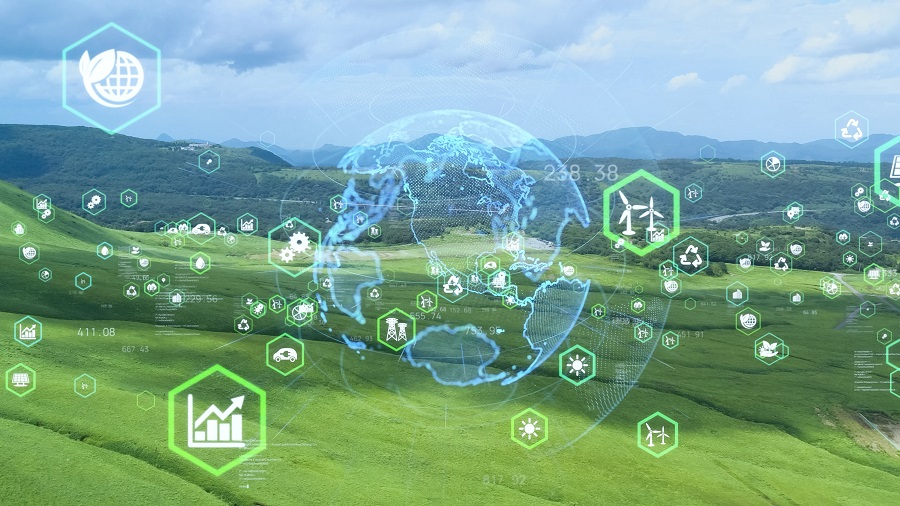
Dairy has become the black sheep in the climate debate
Raw milk and dairy production face some opposition in the current climate debate – their positive impacts on some of the 17 UN Sustainable Development Goals seem forgotten. Especially, the vital contribution of dairy to good health and zero hunger plus economic growth, but also indirectly to some of the other goals is rarely mentioned.
Dairy has quite some challenges regarding water use, CO2, and methane emission, which urgently needs to be addressed. Many remedies are already in process – so take this opportunity to get an overview of current and near-future solutions.
This seminar will look at some of the most frequently mentioned challenges in the public debate: methane emission from cattle and how feeding can reduce this. Furthermore, the seminar will give examples of sustainability strategies when building completely new production facilities and how clean technologies such as electrification can be implemented in powder production, also reuse of dairy wastewater will be discussed.
A take home message from the seminar will be that everyone can and should contribute to reduce the climate impact of today’s dairy – every small step is needed, while we wait for the larger steps to become available or implemented.

Health and nutrition in a sustainable future
We need to reduce the impact of human activity on the global ecosystem. This also applies for food production, and especially the animal food production is in focus at the moment.
The dairy sector can play an important role in fulfilling the UN sustainability development goals, which is also the background for the ‘Rotterdam Declaration’ signed by FAO and the International Dairy Federation. The dairy sector plays an important role in relation to parameters like health, jobs, partnerships etc., but there are also challenges that need to be solved. Many projects and activities are ongoing and new initiatives are being developed in the dairy sector, both globally and at national level, in order to reduce the impact of the production of milk and dairy products.
A sustainable diet is not only a climate-friendly diet, it is also a diet that is healthy, is affordable for both consumers and food producers and a diet that respects culture and traditions of the different people in the world. In Denmark new climate-friendly food based dietary guidelines were presented in January, where both health and climate are taken into account.

Getting sustainability integrated in your daily work - a start-up guide
In recent years, there has been an increasing focus on sustainability, yet many companies are challenged getting started on a strategic and structured work with sustainability and getting their employees involved in it.
In the food industry, we have extensive experience from working with the horizontal ISO standards, Food Safety, Environment, Health and Safety. The talk will demonstrate how the ISO structure, our management systems and experiences, can be used when sustainability is to be communicated and integrated in the company's strategy and activities.

Sustainable milk production and the impact on milk quality and functionality
Reducing climate footprints and making milk production more sustainable is an urgent need for future dairying. Mitigating methane emission through genetic breeding can be one approach, but also changed feed practices including supplementation with feed additives can be important strategies for lowering the climate footprints. This may also include better monitoring of the N and P flow from farms to the environment.
Furthermore, management strategies as e.g. extended lactation may implemented. By delaying insemination, longer calving intervals are achieved, which can be a beneficial strategy for high yielding dairy cows due to a reduction in feed use per kg milk produced and fewer risk periods around calving. Our primary aims are to document how these emerging strategies affect milk composition and functionality, and to secure that milk quality is not compromised in the search for more sustainable solutions for dairy production systems.
Authors: Nina Aagaard Poulsen, Lars Wiking, Lotte Bach Larsen, Department of Food Science, Aarhus University.
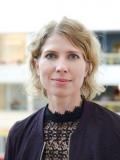
Climate Check Results: Here's what we learned and what we'll do with it
The numbers have been crunched, now we can announce that our farmer-owners are among the most climate efficient dairy farmers in the world! We can celebrate this because we have big data to back it up. It tells us that our farmers produce raw milk with an average farm level footprint of 1.15 kg of CO2e per kilo of milk. The best performing Arla farmers are able to produce a kilo of raw milk with a farm level footprint well below 0,9 kg of CO2e.
7986 of our milk producers have completed a Climate Check. The imputing answers to 203 questions on all things farm-related from info about their herd and feed production to energy usage and manure handling. The output is a personal action plan for reducing the climate footprint.
When Farm Performance Programme team have analysed the data as a whole, they have been able to pinpoint five universal levers that can be applied on all types of Arla farms regardless of size, geography, breed or landscape conditions. Our climate check data also gives us the opportunity to help drive the whole dairy industry towards a greener future as the insights we’ve gained will be shared with politicians, research partners and industry stakeholders.

Integration of Sustainability in CAPEX Projects
Sustainability is becoming increasingly crucial for the Food & Beverage industry to factor into business practices across the board. Within all areas of the industry whether it be, dairy, plant-based foods or ingredients, companies are incorporating the UN Sustainable Development Goals into their corporate strategies.
An example how this is managed is the new Greenfield factory, in which NIRAS is helping leading juice and smoothie brand innocent, realising its ambitions of creating a carbon-neutral manufacturing factory. The factory will also use as little water as possible, and reduce, reuse and recycle waste that is created. . The investment represents a $250 million juice factory in Rotterdam. Once complete, the factory will create 190 jobs and produce over 400 million bottles of chilled juice a year.
Designing, building and operating a sustainable factory starts with a very dedicated and aligned team of partners with a shared vision on sustainability, targeting water, energy and waste reduction. The presentation will present the process from early considerations and creating the shared vision on sustainability, through implementing this vision into tangible decision in solutions and equipment.

Eco-efficiency assessment of dairy wastewater reuse
New technologies for water efficient dairy production may come at increased economic costs or a larger CO2-eq footprint. This is called a burden shift. To avoid burden shifts it is necessary to have tools for assessment of the technology performance in terms of its life-cycle environmental and economic performance. Eco-efficiency assessment allows a combined economic and environmental assessment of new technologies. Used in the early stages of technology development, it can inform the technology developer and future owners about the performance, and potential hot-spots in the performance, which can ensure better implementation.
As an example, it was considered to implement on-site water reuse a large Danish dairy using membrane bio-reactors and reverse osmosis. Using environmental life-cycle assessment and a concept of economic value added, we found the technology would save 80% of current water use, but at a cost of 27% increase in CO2-eq footprint related to the dairy’s water use. Also, the technology would decrease costs for the dairy, but reduce the income for other stakeholders, such as the local wastewater utility.

Electrification potential of milk powder production
Denmark has the ambitious plan of being independent from fossil fuels by 2050 and to run the entire energy system based on renewable energy sources. One of the most likely scenarios is a bigger deployment of wind farms and a extensive electrification of the industry, heating and transportation sectors.
The production of milk powder is energy-intensive and requires high-temperature heat, which is generated by natural gas combustion today. Electrification is a promising way to decarbonize this industry.
The presentation will cover a case study showing the possibility for full electrification of milk powder production by heat pumping and electric heating. A number of solutions were analyzed including central and decentralized installation of electrification technology.
This will involve heat pump solutions for a range of temperatures, which should be integrated in the production. It is a significant challenge, and it will require further development of heat pumps as well as implementation into the production process.
The resulting energy efficiency may lead to energy saving of up to 65 %, and also shows potential for significant economic feasibility.

Future of the milk carton
Sustainability is no longer a nice to have but rather a must have for companies in the Food and Beverage industry. Consumers, Customers and Legislators all come with increasing demands. How do these increasing demands relate to the package and what is Tetra Pak aiming for approaching 2030?
Imagine a world where all cartons are collected for recycling – that is our visionary approach in line with our 2030 strategy. We don’t have all the answers for how to get there but we know our efforts to contribute to a low carbon circular economy will be one important step. Benefiting from a foundation of sustainably sourced renewable materials with low climate impact, whilst stepping up innovations and collaborations to increase renewability and recyclability further and to develop recycling solutions we are confident we will create the package for the future.




